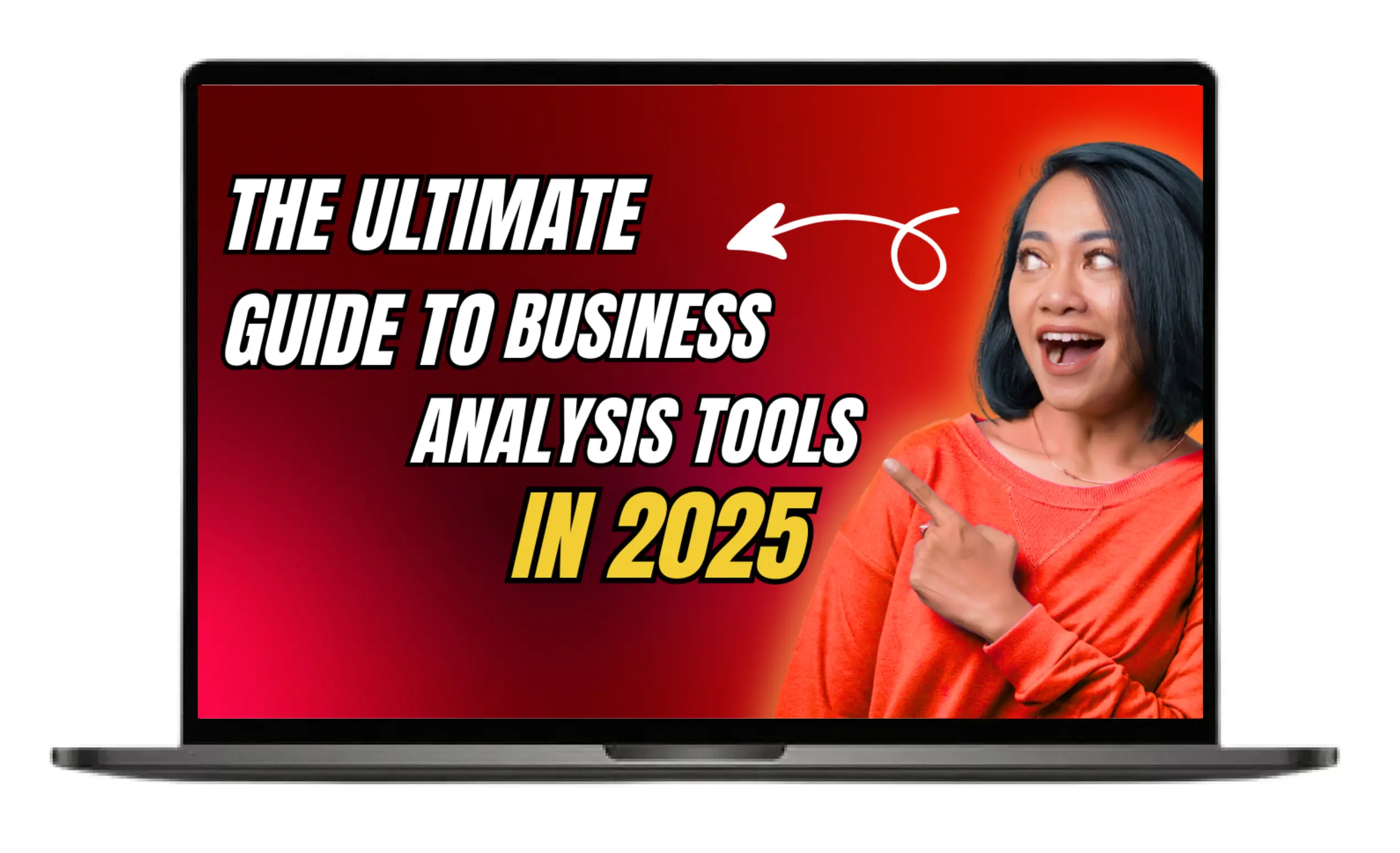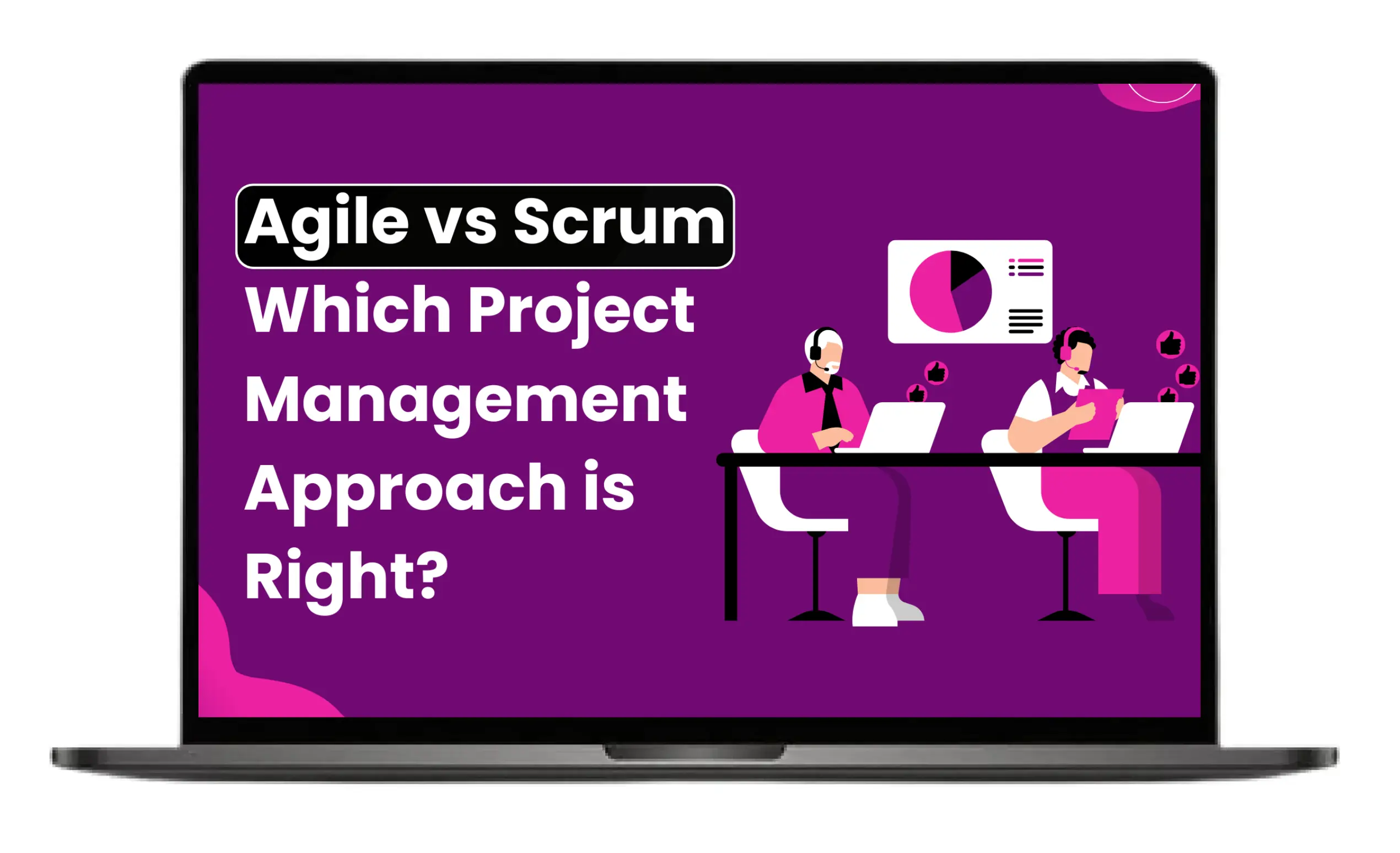
Understanding project scope is necessary for good project planning. Being an essential part of project planning, project scope defines the time and work to accomplish a project.
The term scope means “The extent of the area or subject matter that something deals with or to which it is relevant”. Though there are other meanings of the word scope, the previously mentioned meaning best suits what we will explain in more detail.
This detailed guide on project scope, scope management steps, and tools will explain the necessary intricacies of the project.
What is the Project Scope?
Project Scope can be defined as “All the work that needs to be done to complete a project”. The project scope provides detailed information about the whole project. It consists of all the task lists, deliverables, deadlines, documentation, budget, and time required to complete a project. It is an important part of project planning.
What is Project Scope Management?
Now that we know about the project scope, it will be easy to understand the project management scope. In simple words, project scope management includes all the processes, steps, and decisions that the project manager takes to manage the project.
Example:
Suppose Mr. X comes and shares his vision of constructing a hospital. He shares his plan for the hospital including the number of doctor rooms, patient wards, size of the emergency, size of laboratory and dispensary, and number of washrooms, etc. You take the project, make a plan, estimate the budget, and start working on it.
Later on, you complete the project, get it verified, and hand it over to the client. You close the project and get your payment. All these steps from initiation to completion to managing the project come under project scope management.
What is the Purpose of Project Scope Management?
Some of the purposes of project scope management are given below:
- Project scope ensures that the project is completed on time within the allocated budget.
- It provides guidelines for the execution phase. Project scope guides us not to add extra tasks because it can cause delays and increase the budget.
- It also gives us detailed instructions on scope creep which is the uncontrolled expansion of project scope beyond its initial boundaries.
What are Project Scope Management Steps?
To manage the scope of a project you have to do the following five things:

1. Define the Project Scope
In project scope, first, you have to identify the list of work that will be required to complete the project. Once you know the overall idea, you need to break down your tasks into small manageable tasks. You can use tools like work breakdown structure for this.
2. Write a Project Scope Statement
After defining the project scope, now you have to write a project scope statement. A project scope statement is also called a project document. It generally includes the following information:
- Project Goals and Objectives
- Project Deliverables
- Project Exclusions and Constraints
- Project Assumption
- Scope Baseline
3. Create a Scope Management Plan
In the third step, you need to create a scope management plan. This is very important. It provides an overview of the project. It describes how the scope will be defined, tracked, and adjusted.
4. Scope Baseline
A scope baseline outlines the approved project scope that has been agreed upon by both the project stakeholders and the project management team. It serves as a reference during the project execution phase to ensure the scope is carried out as intended.
5. Monitor and Control your Project Scope
In addition to creating project documents, many project managers utilize project management software tools such as Gantt charts, kanban boards, and project dashboards to monitor their project scope. For instance, ProjectManager’s Gantt charts enable the creation of a visual project schedule where tasks can be added, dependencies linked, and due dates set.
Factors that Affect the Project Scope
Three main factors affect the project scope in the execution. These three factors are:
- Cost
- Time
- Quality
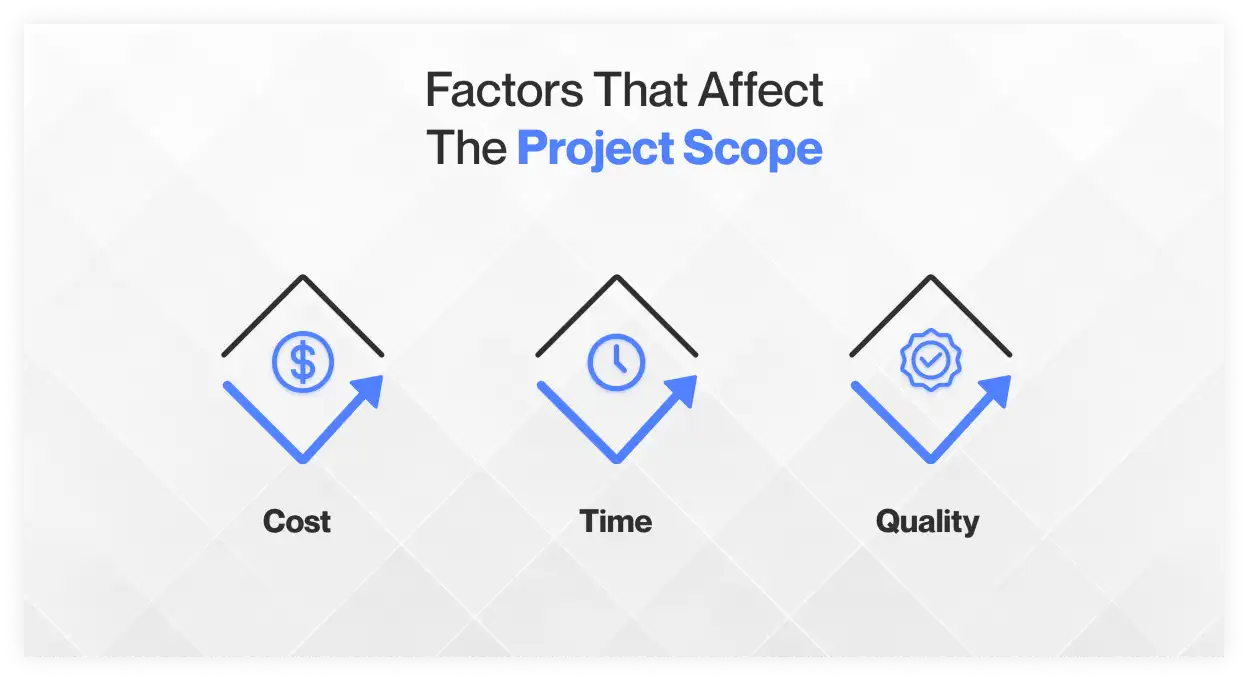
5 Tips for Controlling the Scope of a Project
Following are the 5 tips to effectively control the scope of a project:

1. Get Yourself a Mantra
The first thing you need to do is to get yourself a mantra. Adopt a mindset or guiding principle that helps you manage changes more efficiently. This is to remind yourself that no matter what you do, change will happen. Some of the mantras you can pick for yourself are “Change fuels growth”, “Change is the only constant”, etc. This will help you to not be angry with yourself when you may need to make changes to the project scope.
2. Technology
As we said earlier we can’t stop changes in the scope but we can take measures to control them. So, the first thing you need to do is to familiarize yourself with technology. You should rely on project management software like Jira. Utilizing technology can help you manage scope changes calmly and effectively. You can use the technology to support you.
3. Change Control Board
The next thing the project manager needs to do is to talk to all the stakeholders on board. Explain the changes you need to make. Listen to their views on the specific changes. If all agree then go on.
4. Process
Next, you should have a process. A process that should clearly define who should submit scope changes, when they should do it, and who should approve it.
5. Team
Lastly, communicate the process to the team. This will help your team to know about the process if they intend to make changes in the scope. You need to coach the team about the process.
5 Tips for an Effective Project Scope Management
Here are five tips for effective project scope management:
- Clearly define the scope to prevent ambiguity, minimizing unnecessary work and stress.
- Develop a Work Breakdown Structure (WBS) to break down the scope statement into smaller, more manageable components.
- Make scope definition a collaborative effort to avoid misinterpretations of requirements. Utilizing project collaboration tools can enhance communication among team members.
- Keep the scope document unchanged during project execution to prevent scope creep beyond the initial agreement.
- Take the time to consult all relevant stakeholders when defining the project scope, as it should not be changed once finalized.
What are the Scope Management Tools You Need to Know?
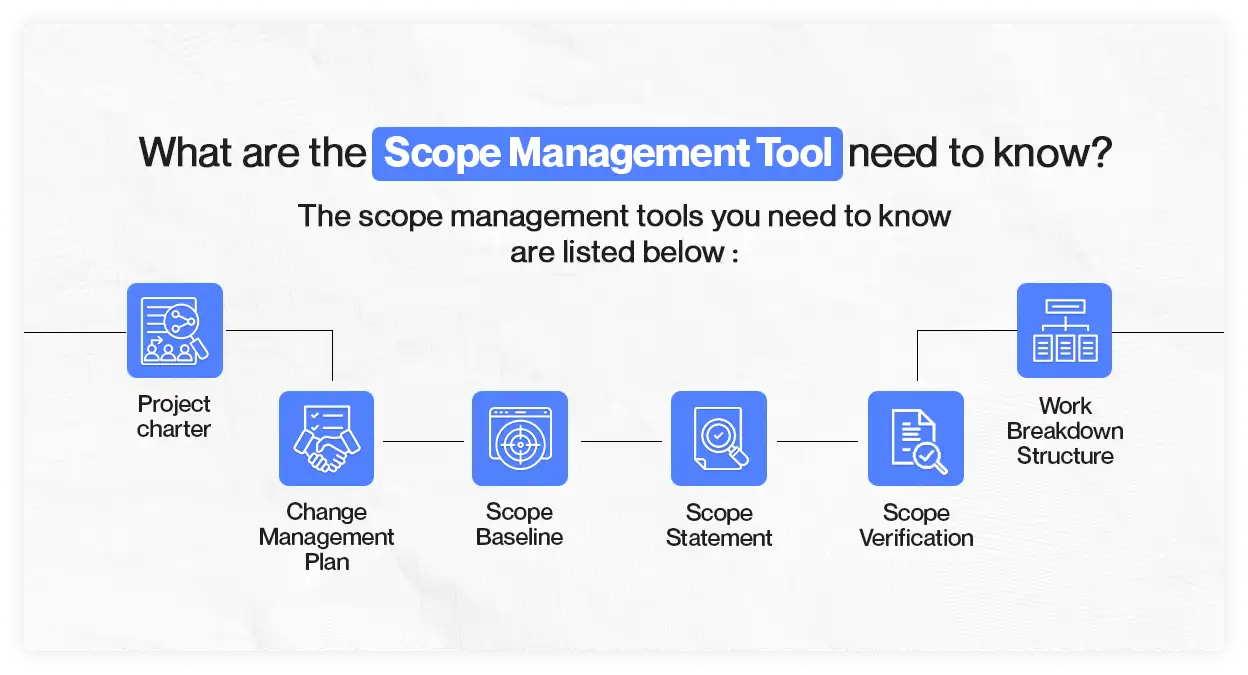
The scope management tools you need to know are listed below:
- Project Charter
- Work Breakdown Structure
- Scope Statement
- Scope Baseline
- Change Management Plan
- Scope Verification
Why is Project Scope Important?
Project scope is important for understanding the essential requirements of the project. It determines what will be added and what will be excluded from the project. Similarly, it establishes control factors that are important for solving problems that may arise during the project. A well-defined project scope can manage the expectations of all stakeholders.
What is the Project Scope Checklist?
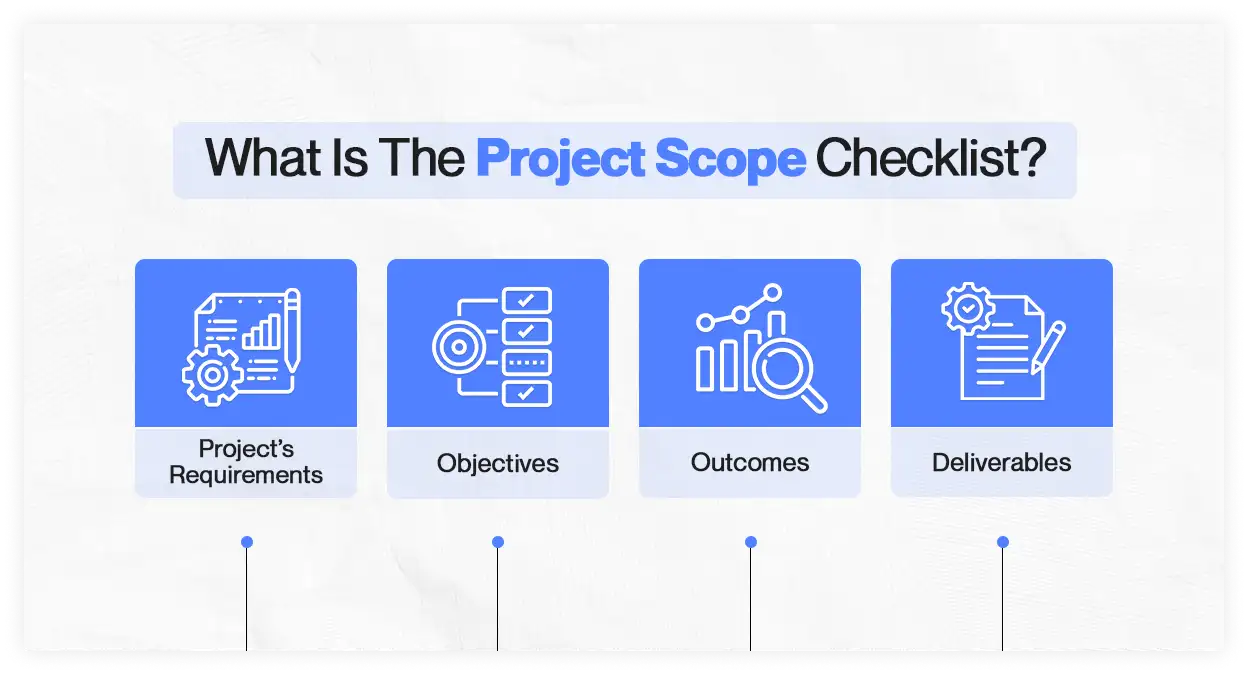
The project scope checklist outlines everything that is included in a project scope. These include the project’s requirements, objectives, outcomes, and deliverables.
What is the difference between Project Scope and Project Objectives?
These are different yet interconnected terms used in software project management. Project scope refers to the work needed to complete a project including tasks and deliverables. While project objectives focus on the particular results obtained from a project within a specific timeframe.
Final Thoughts
In conclusion, managing project scope is key to project success. It keeps the work on track, on budget, and within deadlines. Use the right tools and follow clear steps. Communicate well with your team and stakeholders. Change will happen, but you can control its impact with a solid plan. To successfully manage project scope, ensure you follow these practices, and consider integrating advanced project management tools for better results.








